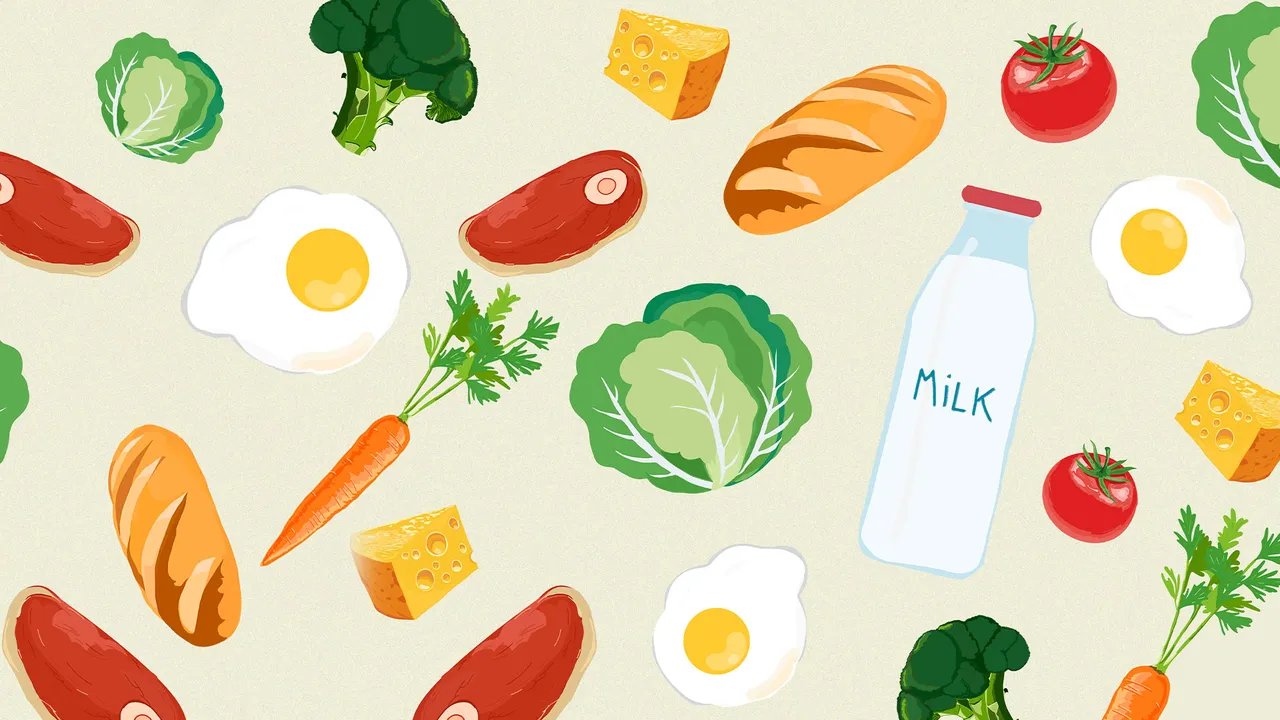Cholesterol is a term that many people may recognize from health product labels, particularly those on yogurt and margarine, which often suggest ways to reduce “bad” cholesterol. However, the distinction between “good” and “bad” cholesterol is misleading. According to Dr. Rupy Aujla, a medical professional and creator of The Doctor’s Kitchen, “Cholesterol is cholesterol.” Cholesterol is a fatty substance that our bodies produce and absorb from food, and it plays a crucial role in various bodily functions, including the formation of cell membranes and hormones such as testosterone.
Understanding Cholesterol Types
When people refer to good and bad cholesterol, they are actually discussing how cholesterol is transported in the body by lipoproteins. High-density lipoproteins (HDLs) are beneficial; as GP Jeff Foster explains, they help remove fat from the bloodstream and transport it to the liver, where it is less likely to cause harm. In contrast, low-density lipoproteins (LDLs) can be detrimental, as they carry fat from the liver into the bloodstream, potentially leading to arterial blockages. Excessive LDL levels are associated with an increased risk of heart disease. For those interested in a deeper understanding, Aujla has produced several podcasts on this subject.
Testing Cholesterol Levels
Cholesterol levels can be assessed through blood tests or finger-prick tests. The NHS recommends that individuals over 40, those who are overweight, or those with a family history of heart issues should get tested. While measuring cholesterol is beneficial on its own, Foster suggests pairing it with a QRISK test, which evaluates your risk of developing cardiovascular disease based on your medical history. He notes, “If you have borderline cholesterol levels, knowing your overall QRISK score will provide a clearer picture of whether any action is necessary.”
Dietary Changes to Lower Cholesterol
If cholesterol reduction is needed, dietary modifications are an effective starting point. It is advisable to limit foods high in saturated fats, such as butter, cheese, and fatty meats, as well as processed items like cakes and chips. Instead, Foster recommends increasing the intake of unsaturated fats found in oily fish like salmon and mackerel, as well as avocados, which can help raise HDL levels and mitigate the impact of LDL. Aujla highlights the benefits of incorporating soy-based products like edamame, tofu, and tempeh, along with nuts such as walnuts and almonds. The British Heart Foundation also encourages the consumption of high-fiber foods, including wholegrain bread, brown rice, lentils, and chickpeas. Furthermore, reducing caloric intake by 5 to 10 percent can contribute to lowering LDL cholesterol.
Lifestyle Factors
General guidelines for a healthy lifestyle can also indirectly benefit cholesterol levels. For instance, excessive alcohol consumption can harm the liver, impairing its ability to manage cholesterol. Smoking can negatively affect QRISK scores and may exacerbate cholesterol issues. Regular physical activity aids in transporting cholesterol to the liver, while poor sleep can disrupt dietary habits.
Medical Options for High Cholesterol
For individuals with a family history of high cholesterol or those who do not see improvements through lifestyle changes, medication may be necessary. Statins are commonly prescribed cholesterol-lowering drugs that typically have minimal side effects, aside from occasional discomfort. Another medication, Inclisiran, is effective but may be challenging to obtain through general practitioners. Your doctor may also suggest alternative medications, and cholesterol-lowering food products like Benecol can provide additional benefits.









